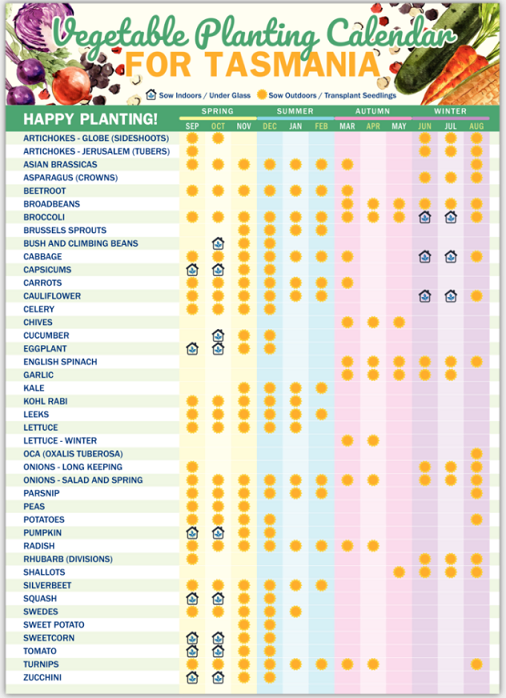MULCHES are layers of materials spread over the surface of the soil to suppress weeds, seal in moisture and even increase fertility.
They can be composed of different types of organic matter, pebbles, gravel screenings or even flat stones.
Any kind of organic matter can be used as a mulch, but different materials are used according to the amount of cultivation needed.
In an ornamental garden, the main aim is to suppress weeds while retaining soil moisture, so long-lasting mulches are best.
They include pulverised or coarse pine bark or woodchips, spread over the surface to a depth of about 10cm.
These tough materials break down slowly and often remain many years after being spread.
They are never dug in, but simply added to every now and then.
With any long-lasting mulch, feeding the soil means sprinkling fertilisers over the top and watering them in. They are the basis of most easy-care, non-dig gardens.
The most common problem with long-lasting organic mulches happens if they bear against the lower stems of many trees and shrubs, especially citrus.
This unnatural darkness and dampness at ground-level causes lower bark to be attacked by bacterial and fungal organisms causing “collar rot”.
The bark goes mouldy, dies and the trees or shrubs collapse. This is avoided if all mulching materials are kept well clear of plant stems.
A useful barrier is any kind of coarse road metal surrounding trunks to ensure good air circulation down to soil level while keeping organic mulches at bay.
In the vegetable garden, where soil is usually cultivated regularly, only soft mulches that decompose rapidly should be used.
They include mushroom compost, pea, bean or any other type of straw, grass clippings, leaves, wilted weeds or a mixture of soft materials.
When manures or other fertilisers, such as blood and bone, are added to and stirred into soft mulches, they also become valuable means of soil enrichment while encouraging earthworm populations.
Most vegetables can be mulched closely without harm, especially tomato and sweet corn plants.
They grow far more vigorously when feeding mulches are bearing firmly against stems near the ground.

Additional stem roots are initiated to feed from the extra layers of enriched, moist materials, resulting in bigger yields of tomatoes or sweet corn cobs
Mulches are best applied after vegetables have grown large enough to avoid being buried by them.
Carrots, swedes, parsnips, beetroot and other root crops are best left surrounded by bare soil during early stages of growth.
Exposed soil warms more rapidly in spring, which is why mulches are best scraped to one side in late winter so sunlight can bear directly on the surface.
In fact, mulches keep soil cold in early spring by insulating it from the warm rays of the sun, so warming can be delayed by up to three weeks later than exposed soils.
Onions are never mulched because it makes growing bulbs turn mouldy.
However, other members of the tribe, such as garlic, can be heavily mulched, while leeks can develop tender, white shanks when deeply surrounded by layers of organic matter
Never dig in any mulching materials unless completely decomposed.
It is far better to allow the materials to naturally break down on the surface and, where necessary, replenished.
Plants such as herbs, alpines, cacti and most succulents must never be mulched using organic materials.
Almost all these plants need air circulating right down to soil level.
This is where road-metal screenings or pebbles — even flat stones or rocks — are ideal.
They are dense enough to suppress weeds, seal in moisture and prevent the soil becoming excessively hot in summer.
Aquatic plants, such as water lilies, need a special type of mulch because they grow in pots plunged beneath the surface of the water.
To stop the potting soil lifting and muddying a pond — especially if fish are present — a thick layer of heavy, coarse sand is spread to the rims of containers, weighing down and securing the potting soil.
-----------------------------------------------------------------------
Check out our Tasmanian Planting Calendar Fridge Magnet – A5 size only

A year-round guide for when to plant your veggies in Tasmania. Never lose your planting guide again with a convenient fridge magnet for secure attachment to any metal surface. This growing guide has been tried and tested by some of the best Gardener’s in Tasmania, and is specifically adapted to the Tasmanian climate.
Excellent Gift for any Tasmanian you know with green thumbs and who likes Peter Cundall as much as i do!
Make sure you follow the calendar and you will have a successful year of growing vegetables in Tasmania.
Price includes FREE SHIPPING Australia wide. BUY HERE